Shapes are important in Archimatix because they are at the root of mesh generation. Unlike a topological modeler, where vertices and polygons are copied and manipulated directly, Archimatix is a parametric modeler in which meshes are typologically generated from sets of rules and modified by controllers. These rules and controllers can be authored by you or you can combine the dozens parametric shapes that come bundled with Archimatix. These “living” smart shapes can be rigged up with parametric mesh generators to author your own typology of vehicles, weapons, buildings and urban fabric. A shape, while itself parametric, becomes a parametric generator of many varied meshes.
While archimatix provides the ability to edit shapes topologically, for example, clicking on a vertex and moving it, the real power of the modeler comes in when shapes are manipulated by handles that embed logical relationships.
A simple example of a parametric shape that would be hard to make topologically, one vertex at a time, is a circle. Many things in the world are generated from circles–barn silos, cannon barrels, mot & bailey castles, etc. One need not define each point in the circle, only a center and a point at a given radius away. The rules of a circle quickly generate all the vertices that form the shape. While no one would try to create a circle with a topological editor, the example provides a sense of the power of parametric curves with relatively few control handles.
Archimatix not only provides a host of bundled parametric shapes that reflect common architectural, mechanical and mathematical typologies, , but it supports the authoring of custom parametric curve logic that lets the designer define what handles would be best for that shape.
For example, let’s say that you want to create a certain kind of hut that would be made from an “I” shape with a semicircle extending off the shape somewhere. While each hut in the village is unique in its proportions, all huts share this I-with-a-circle” typology, which itself is a function of the villagers’ culture. If such a shape is not already in the library, based on example already in the library, you can “code” one and decide what parameters should be used to allow others to berate many I-shaped house variations. This shape can then be rigged up with mesh generators to easily generate dozens of unique houses that share a certain art. In this sense, you can make a new “type” of shape that can be instantiated in many permutations that go beyond the basic transformations of translation, rotation and scaling, thereby generating village after village in a certain cultural domain of your world.
Over time, you may build up a library of shapes that are specific to the art direction of your game. These shapes may be used by other artists on the project to make things “in the art” of your shape, while no to instance of the shape need be duplicates.

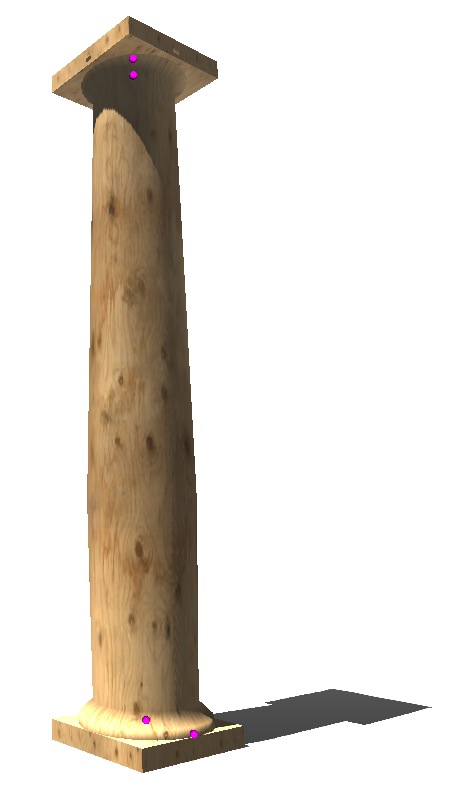
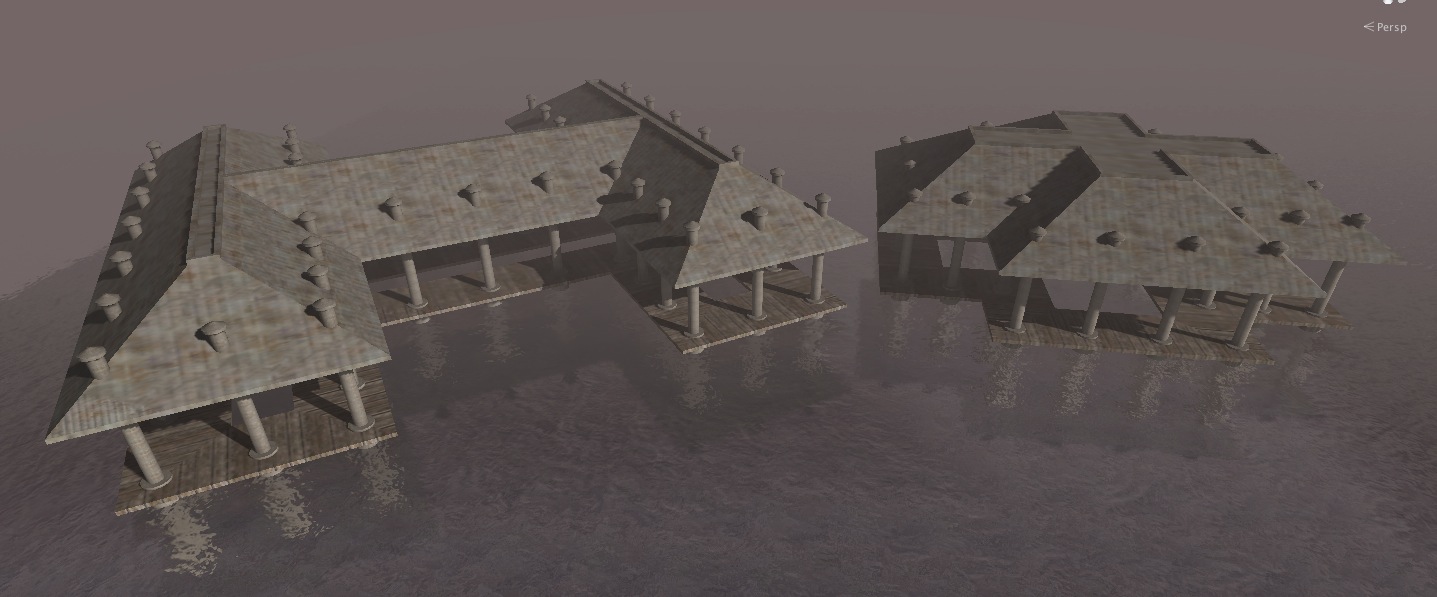 Until now, in the interest of speed, the meshes created by Archimatix have been just meshes drawn to the screen. Now, when you release a handle or slider, GameObjects are created with colliders and lightmapping UVs added automatically.
Until now, in the interest of speed, the meshes created by Archimatix have been just meshes drawn to the screen. Now, when you release a handle or slider, GameObjects are created with colliders and lightmapping UVs added automatically.
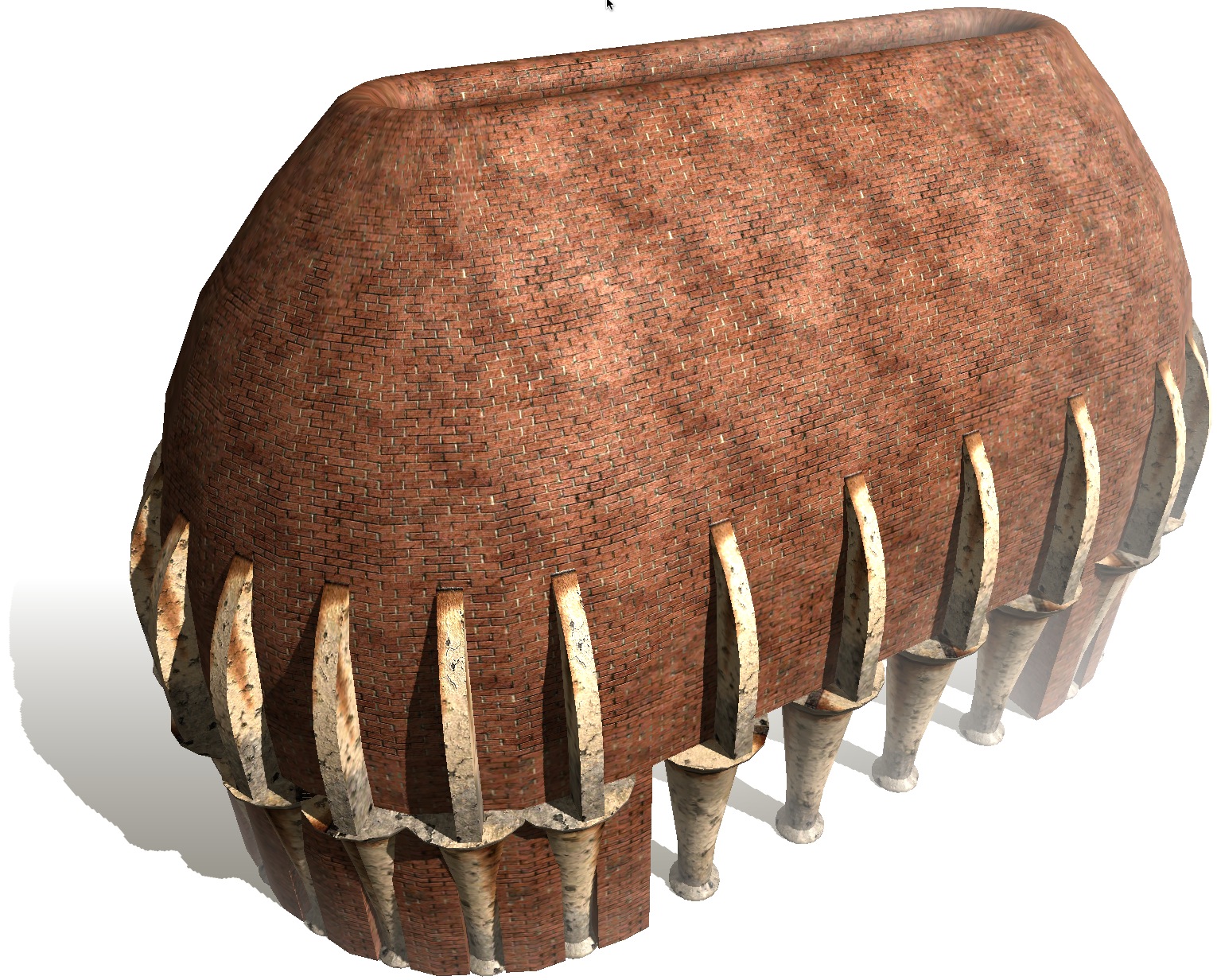
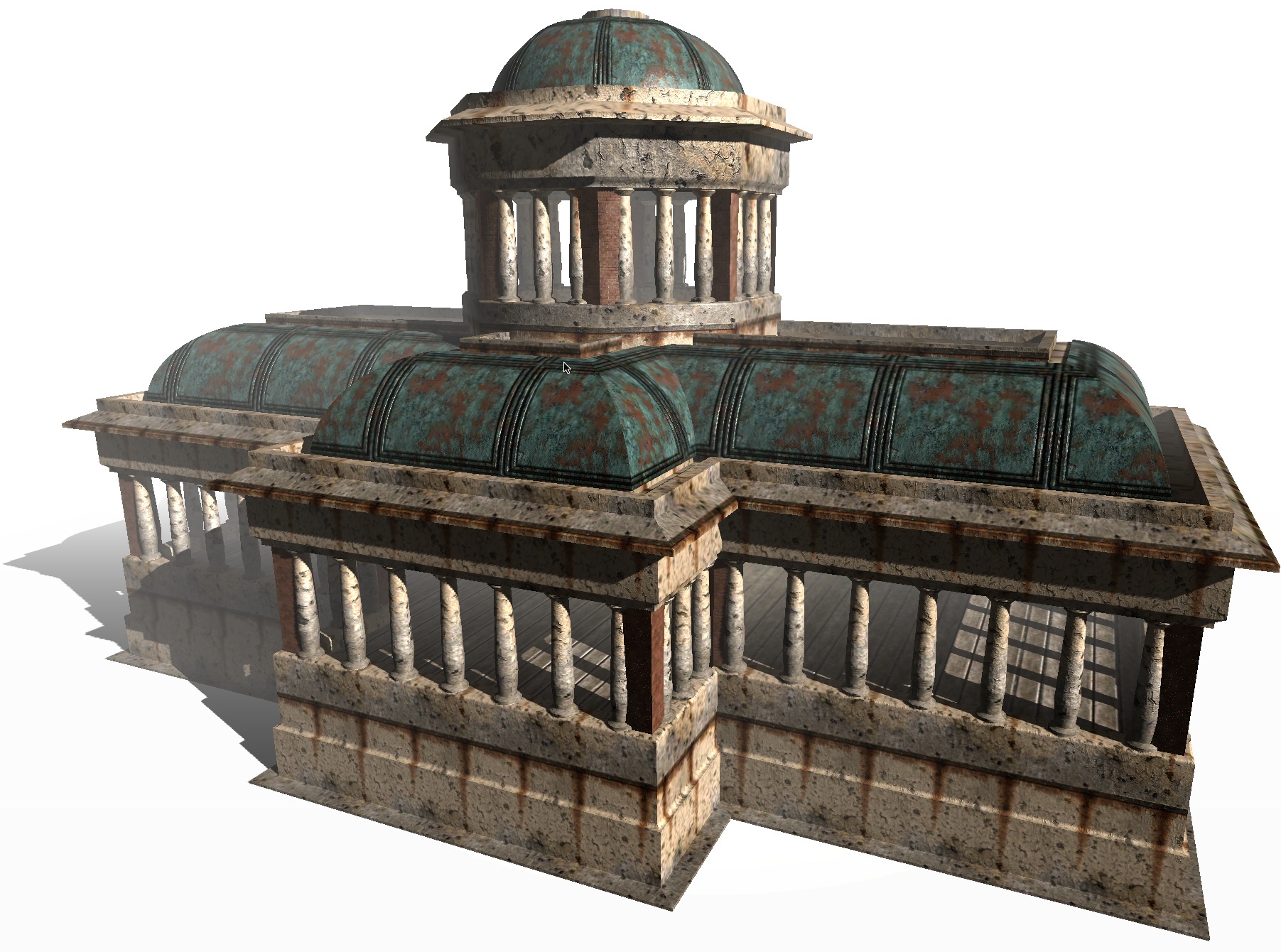
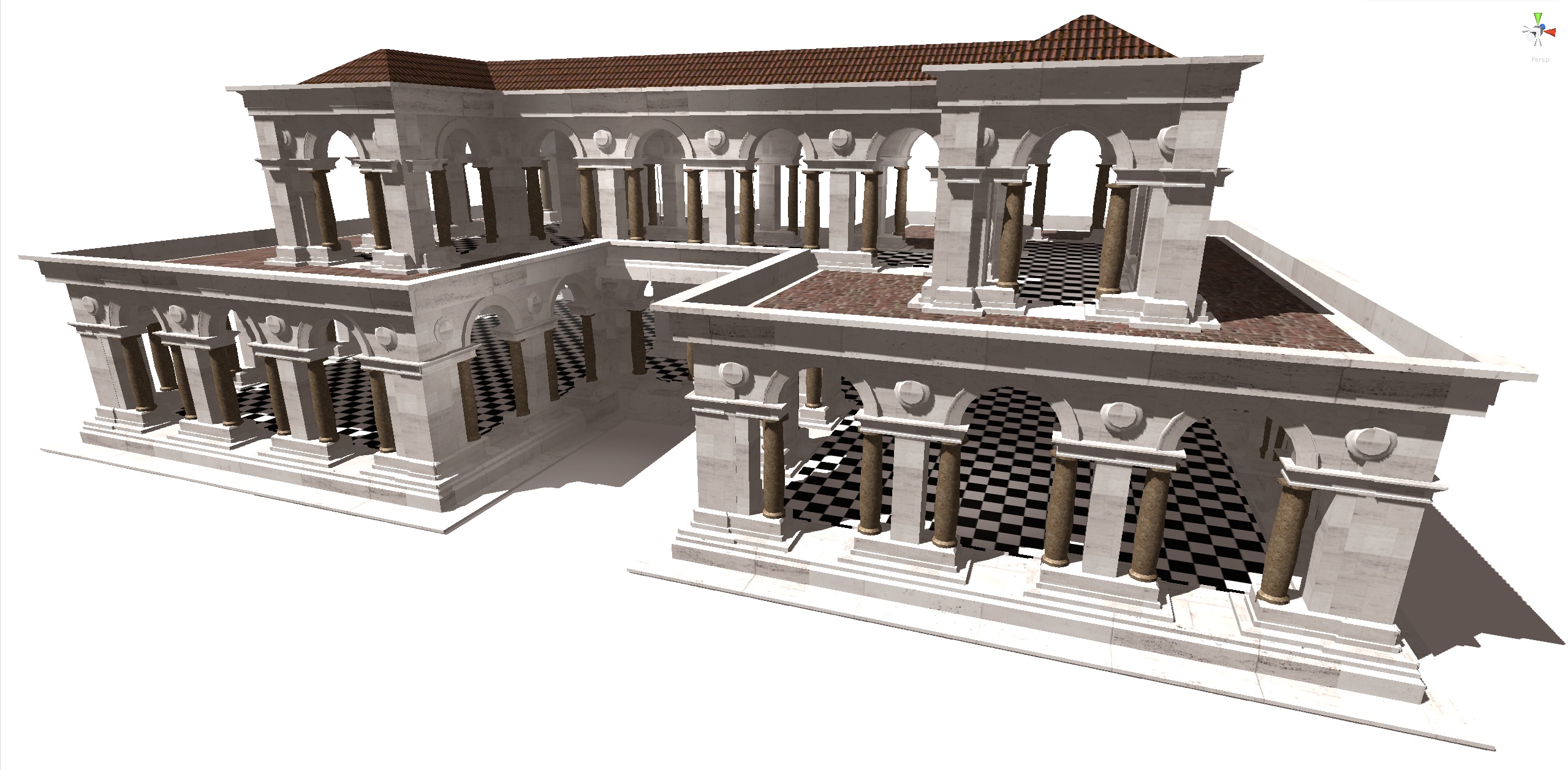

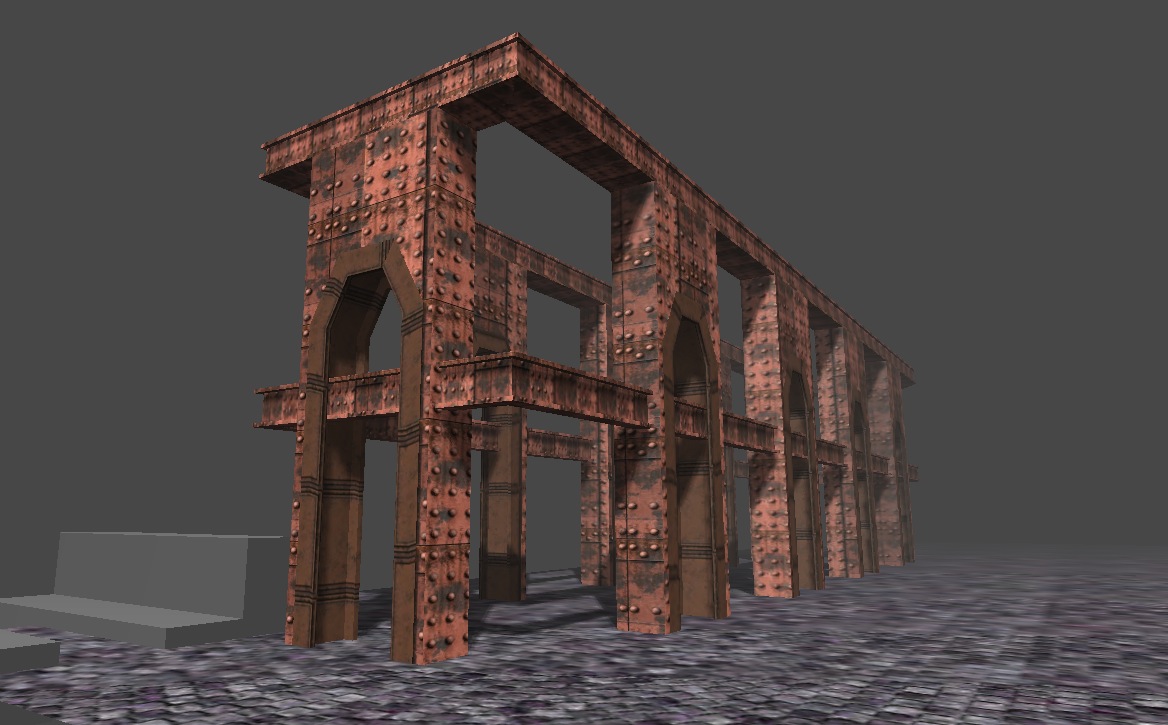
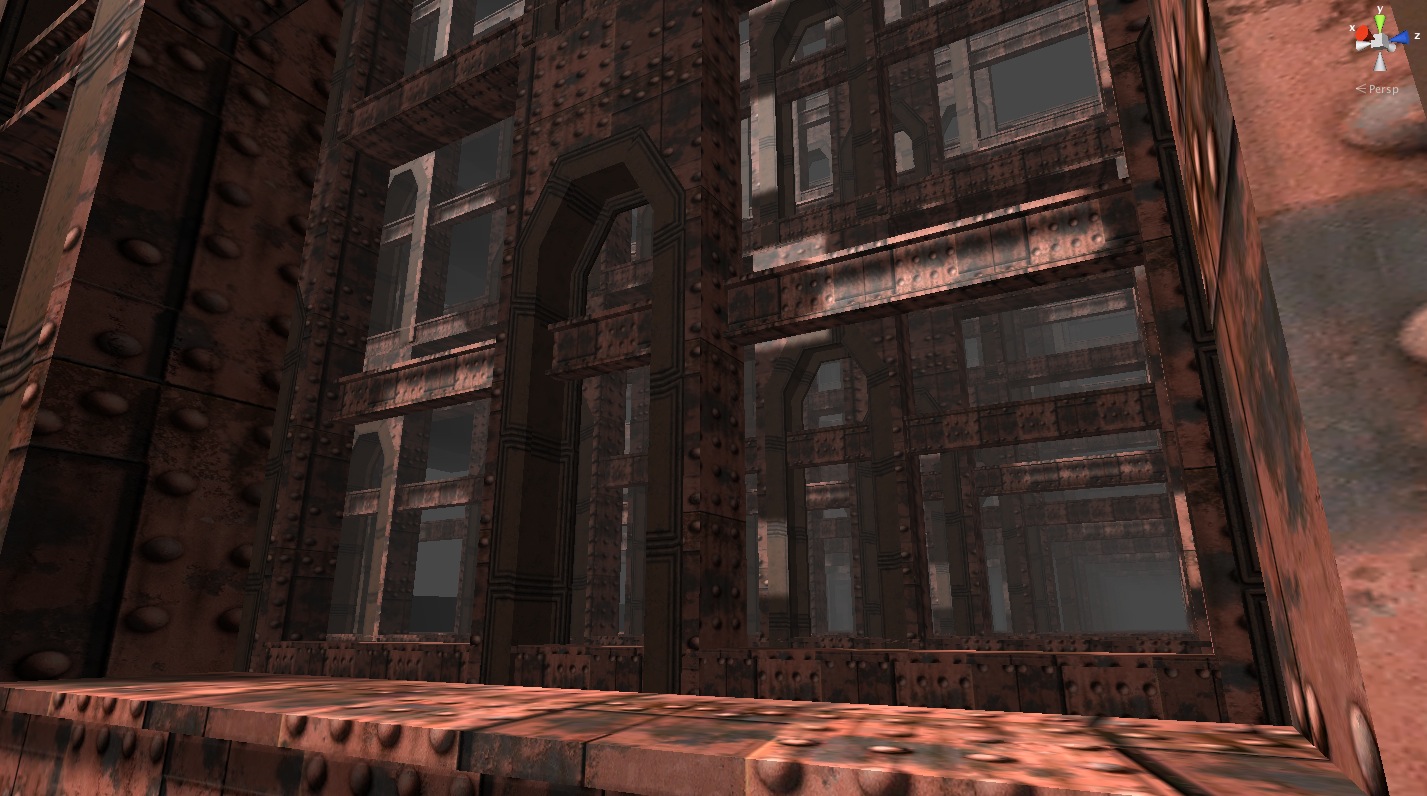
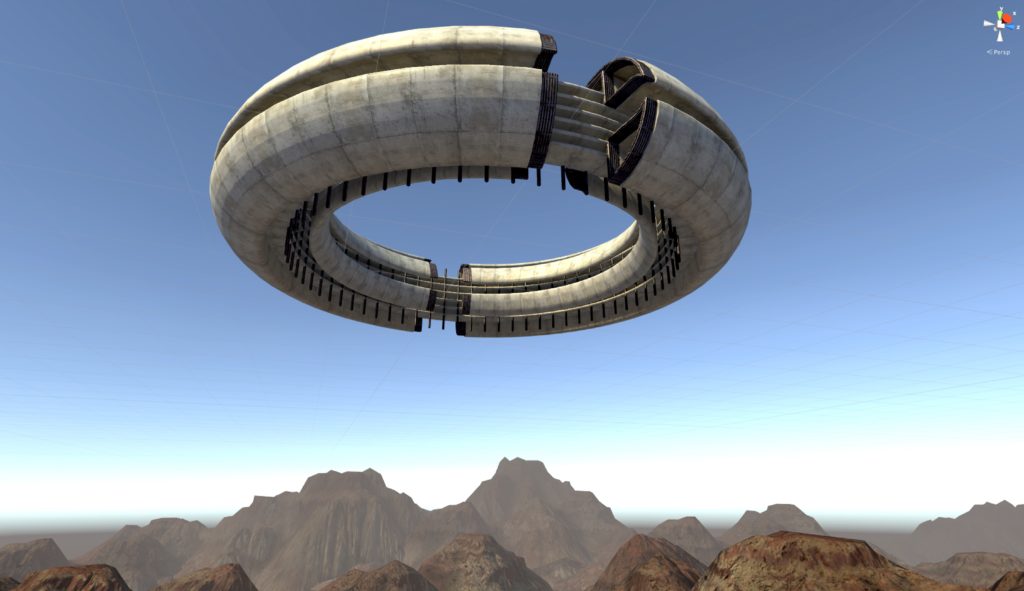
Recent Comments